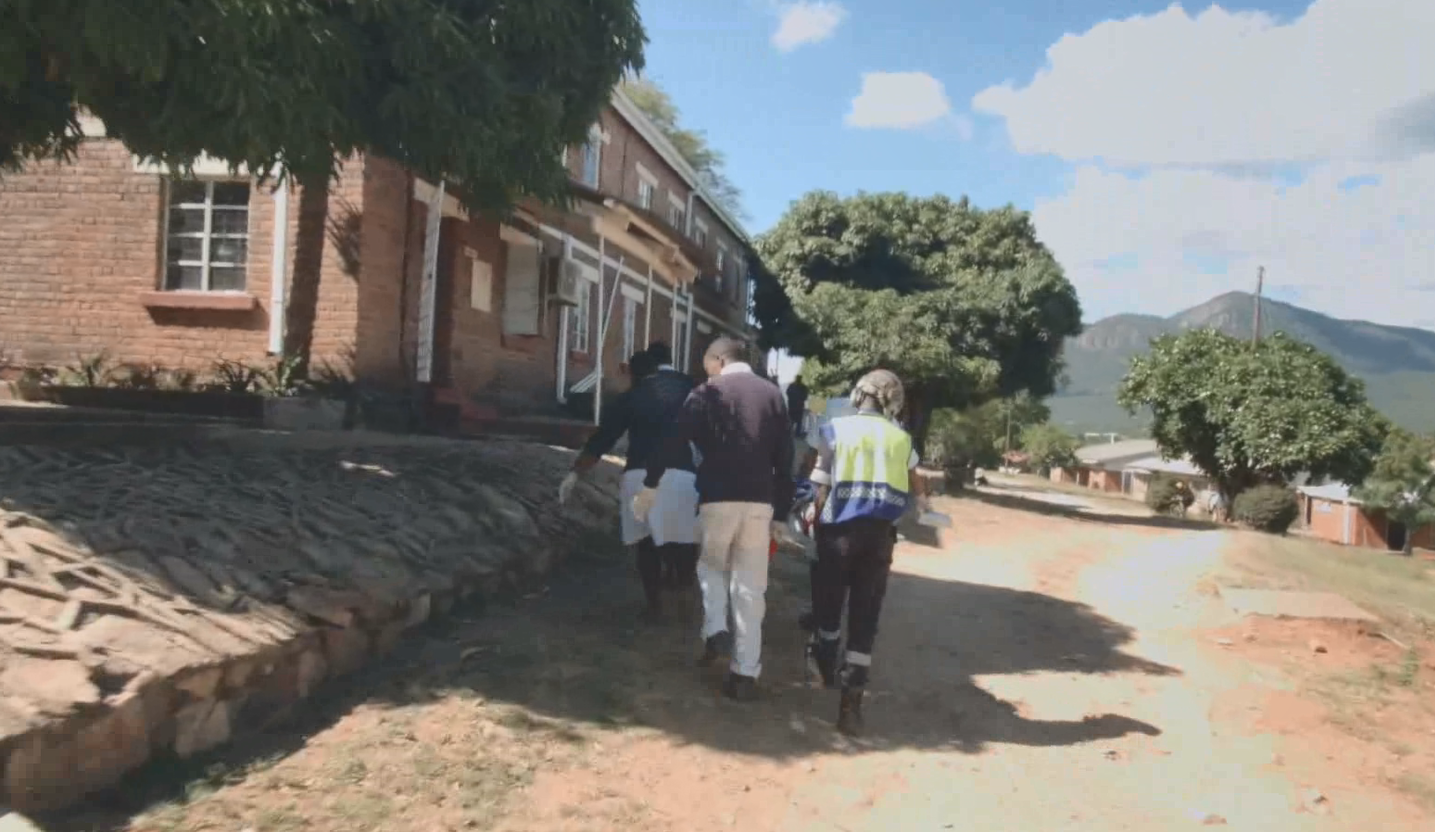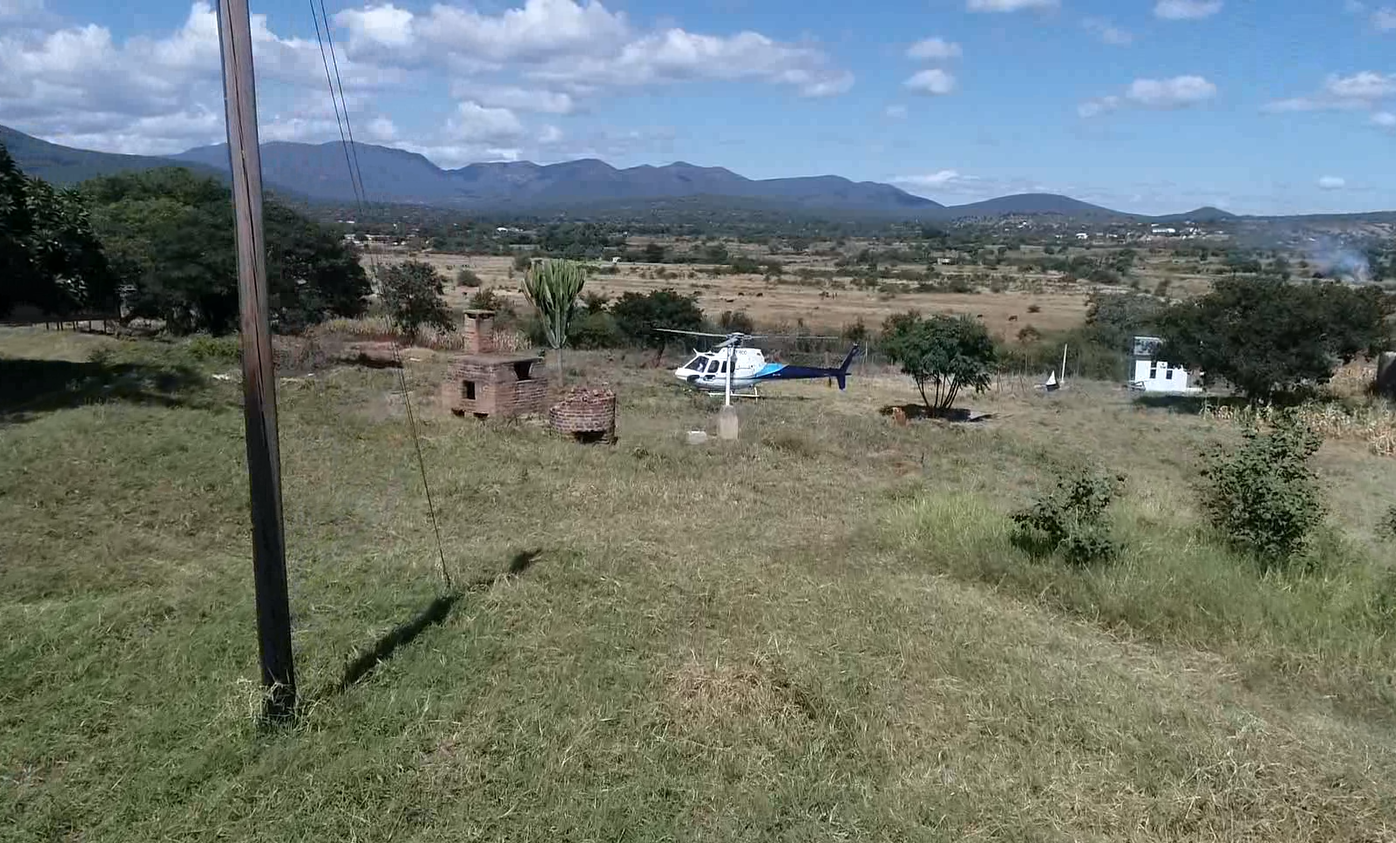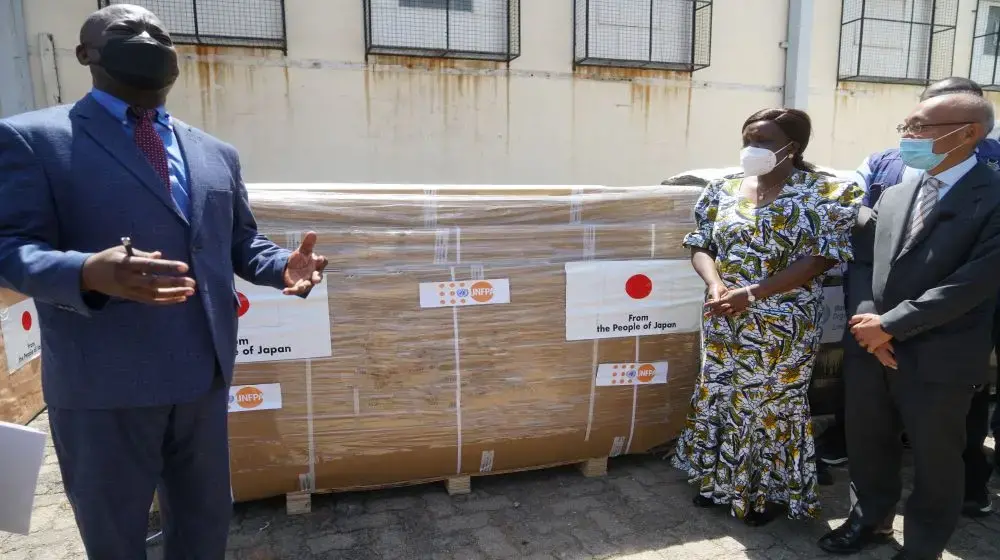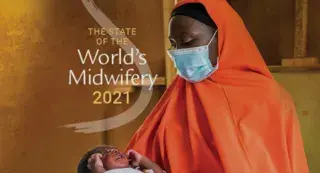Chimanimani - When cyclone Idai hit the eastern part of Zimbabwe, on 15 and 16 March 2019, Chimanimani and Chipinge districts in Manicaland Province were the most affected and hardest-hit. The floods – a catastrophe, the first of its kind to be experienced in the area, left a trail of destruction in the community and changed the lives of many in an instant. Pregnant women were not spared. Several bridges and whole roads were washed away, while some remained blocked by rock falls, making access to health facilities a challenge.
Once the extent of the devastation first became apparent, UNFPA knew that vulnerable women and girls – particularly those who were pregnant would be in urgent need of humanitarian assistance, including critical sexual reproductive health services. The flood waters had cut off expecting mothers from basic supplies and the medical attention they would urgently need when the ‘time came.’
This was particularly worrying because in Zimbabwe, complications during pregnancy and childbirth are the leading cause of death and disability among women of reproductive age (15 to 49 years). Maternal mortality in Zimbabwe currently stands at 614 deaths per 100,000 live births, one of the highest maternal mortality rates worldwide.
As all was unfolding, at Ngorima Clinic, a small clinic in Chimanimani, Nurse-In-Charge, Sister Lucia Gulugulu was referring all pregnancies to higher care in Chipinge and Mutare. The women were being airlifted. In her reaccount of the emergency situation there were two cases which needed higher care that she and her team can never forget.
“A woman came to the clinic bleeding profusely. She was between 32 – 34 weeks pregnant. She seemed to have complicated while running to safety in the wake of the floods in that advanced stage of pregnancy. Her condition was made worse because they took long to get to the health facility because of the damage to the roads,” Gulugulu says.
On realising that the woman had miscarried, the nurses recommended that she be transferred to Rusitu Mission Hospital to be attended to by a doctor but before, the ambulance arrived the woman started fitting.
“The signs we observed were of someone presenting with eclampsia. We had to do our best to stabilise her before the ambulance arrived. I told myself the patient would not die on my watch,” Gulugulu recollected.

Gulugulu and her team gave the patient IV fluids and all the necessary medical attention and she eventually stabilised. Realising that the requested ambulance had failed to get to the patient due to a rock fall blockage close to Ngorima Clinic, Gulugulu quickly requested the Provincial Medical Director’s office to send for a helicopter to transfer the patient to Rusitu Mission Hospital.
“If we had not intervened as the first port of call for health services, the woman would have died. The most important thing at that moment was to save life. I kept telling myself that I did not want to record a death, we were going to do our best until we handed her over to the next level of higher care.”
In another case, a pregnant woman in labour failed to cross a makeshift bridge a few metres away from Ngorima Clinic and ended up giving birth on the other side of the river.
“The makeshift bridge was too narrow and the patient could not cross because of her condition, she gave birth on the other side and we made alternative efforts to take her and her baby to a satellite clinic. She was bleeding (postpartum haemorrhage), the placenta was still inside her, only the baby had been delivered but was still tied to the cord,” says Gulugulu.
“The report I received when the soldiers who had assisted her called me at 3am, was that she was not looking well as she was losing a lot of blood. I immediately asked them to cross the river and collect oxytocin to be administered to the patient as we made arrangements for her to be taken to a higher level of care.”
When there was no change in the patient’s condition, nurses at Ngorima Clinic decided to take the risk and crossed the bridge. With two nurses supporting the patient and one soldier carrying the baby, the team bravely crossed the makeshift bridge.
“We managed to stabilise the patient while we waited for the helicopter to arrive to transfer her to a hospital. I am glad to say in this case, we saved both mother and child’s lives before they could be taken to a higher level of care,” Gulugulu says.
“From these and other cases that we experienced during Cyclone Idai, during emergency situations, health facilities should be fully equipped with specialist doctors and adequate drug stocks to ensure the saving of lives.”
In the two affected districts, it was anticipated that about 67,500 women of reproductive age would need sexual and reproductive health services, of these, 1,250 were pregnant and among them, 382 were living with HIV. In the three months following the cyclone’s destruction, UNFPA anticipated 3,750 live births, with 560 women expected to experience pregnancy and childbirth-related complications.

Institutional deliveries recorded during the cyclone and recovery phase for the period between March and August 2019 in Chipinge and Chimanimani districts were 8, 880 births while reported home deliveries were 539 for both districts.
UNFPA Country Representative, Dr. Esther Muia says UNFPA’s priority in the aftermath of the cyclone was to ensure that no woman would die while giving life.
“About 15 per cent of women who go into labour may develop a complication that needs the immediate attention of skilled healthcare attendants”, said Dr. Muia. “UNFPA’s priority was therefore to move the women who were more vulnerable to childbirth complications to healthcare facilities. Women who were targeted for airlifting, with UNFPA support were those who were 36 weeks pregnant and above, and those with previous high-risk pregnancies.”





